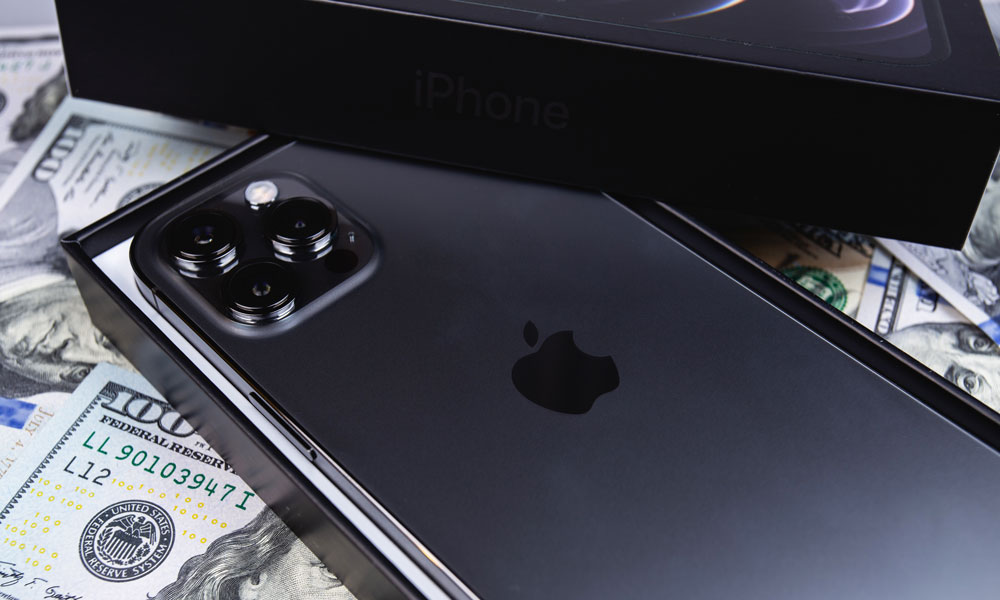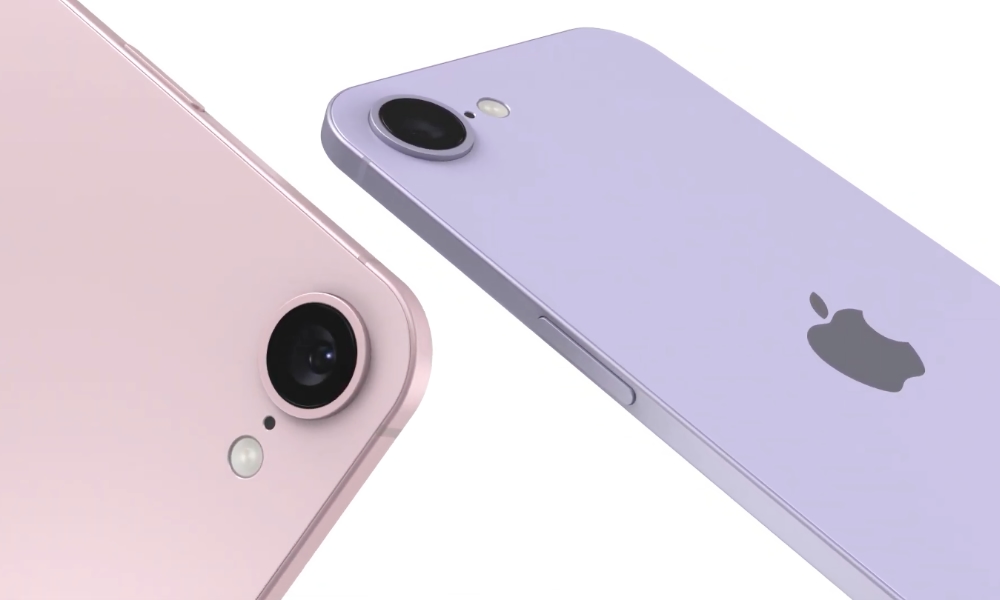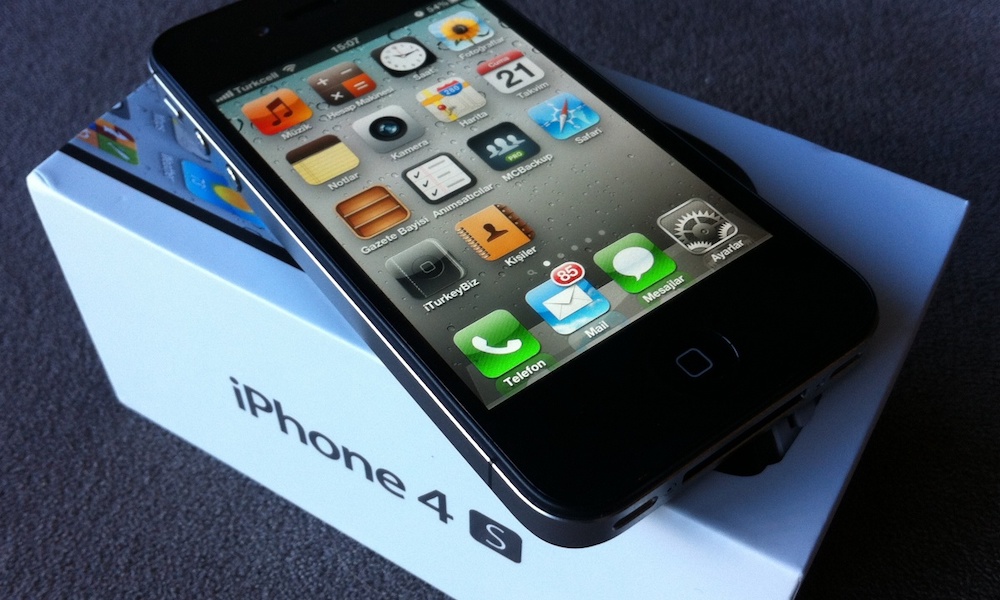This Could Be the Year iPhone Prices Go Up
 Primakov / Shutterstock
Primakov / Shutterstock
Toggle Dark Mode
We weren’t too surprised when we heard earlier this year that Apple was mulling price hikes for the iPhone 17 lineup. After all, while Apple has been able to hold the line on iPhone 16 pricing, the current challenges around tariffs and international trade are bound to hit the company’s bottom line sooner or later.
The prevailing wisdom is that Apple won’t want to admit that any price increases are due to the ongoing trade wars, which is understandable considering how sensitive the Trump administration is about such matters. Even leaving that aside, Apple is unlikely to single out the US for an iPhone price hike, which means we can expect any iPhone price increases to apply globally. After all, that not only makes it less apparent that tariffs are involved, but it also helps Apple distribute its costs, with revenues in other countries making up for the higher levies it will levy on iPhones imported from China and India.
What’s been less clear is by how much we may see prices increase. In April, an analysis from Rosenblatt Securities estimated that Apple might have to raise prices by as much as 43% to account for tariffs, causing Apple’s entry-level iPhone models to jump from $799 to over $1,100; however, that was when the US was still charging a 145% retaliatory tariff on Chinese imports. A lot has changed since then.
Now, a new investor note from Jefferies analyst Edison Lee suggests the increases may not be as severe as some feared. According to the note, Apple plans to hold the entry-level iPhone 17 at the same $799 starting price, while bumping the other models by only $50 each over the current iPhone 16 prices.
That would move the iPhone 17 Pro above the $999 sweet spot that it’s occupied since the iPhone X introduced the higher-end tier in 2017. That alone makes this prediction a bit dubious, as Apple has held its standard Pro model at that level for years, even going so far as to keep a 128 GB version in the lineup while effectively raising the cost of entry for the larger iPhone Pro Max by bumping it to a starting capacity of 256 GB two years ago. Still, all good things must come to an end, and Apple may simply no longer be able to eat these costs.
The iPhone 17 Pro Max would similarly see a jump to $1,249 for its starting price, assuming Apple continues to start it at the 256 GB mark.
The so-called “iPhone 17 Air” remains an unknown quantity in this. Lee’s note predicts that the new model, which he refers to as the “iPhone 17 Slim,” will also see a $50 price increase, but it’s hard to say what that means as nobody is quite sure where Apple will price that model. The consensus is that it will fit into the price point currently occupied by the $899 iPhone 16 Plus, which means it could land at $949, but it’s hard to call that a price increase when it’s an entirely new model.
It’s relatively remarkable how well Apple has managed to stick with consistent price points over the years.
From the iPhone 4S in 2011 to the iPhone 7 in 2016, the starting price for an iPhone remained at $649, even as capabilities and capacities increased. In 2017, Apple raised the price by $50 to $699 for the iPhone 8, then tacked on another $50 for the 2019 iPhone XR. However, the iPhone 11 dropped back down to $699. It was the smaller iPhone 12 mini that changed the standard, taking over the $699 price point and pushing the standard iPhone 12 up to $799, where it’s been ever since, and may remain even this year.
Meanwhile, the iPhone X was considered expensive when it launched at a $999 starting price in 2017, and that’s probably fair considering that inflation would put that at around $1,300 in today’s dollars. Technology arguably becomes outdated faster than the rate of inflation. However, the iPhone 16 Pro is still leaps and bounds ahead of Apple’s original “Pro” model, and yet it’s held to that same price point for seven years.
[The information provided in this article has NOT been confirmed by Apple and may be speculation. Provided details may not be factual. Take all rumors, tech or otherwise, with a grain of salt.]









